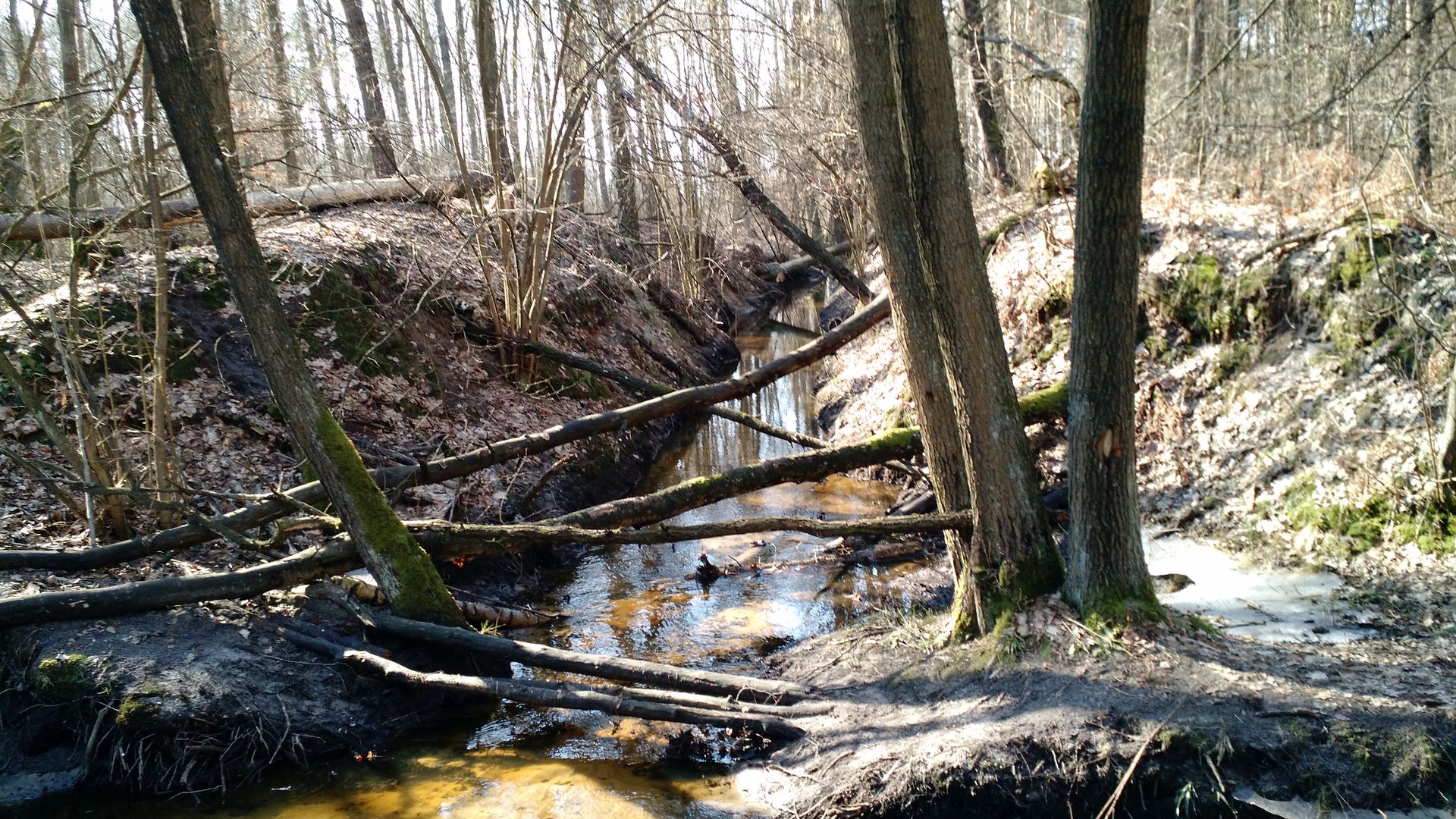Gołobórz Nature Reserve
6.67

Overview
The Gołobórz Nature Reserve is an area covering 65.88 hectares, located in the southern part of the Siedlce Upland. It is characterized by dominant plant communities, including rare and protected species. Established in 1982, its purpose is to protect diverse forest and non-forest ecosystems, rich flora, and an interesting terrain shaped by glacial processes. The main plant communities include mixed deciduous forests, oak forests, mixed coniferous forests, and peat bogs, with species such as the martagon lily and daphne. Gołobórz holds not only natural but also landscape value, resembling the terrain of the Kampinos Forest.
Historically, the area was part of royal estates and, in the 19th century, underwent various forms of ownership, including majorat. After World War II, it was formally established as a nature reserve. Culturally, Gołobórz plays a stabilizing role in the ecosystem, influences the local microclimate, and prioritizes nature conservation over tourism. Although tourist activities are strictly prohibited, local communities utilize its resources, such as timber and forest undergrowth. Unfortunately, the area faces challenges in protecting its flora due to human activities, including land drainage and illegal logging, which impact biodiversity. Thus, Gołobórz is an example of a reserve that combines natural richness with a rich history but faces ongoing environmental protection challenges.
Location
City
Łosice Deanery
Tertiary Administrative Division
Wisniew
County
Siedlce County
State
Masovian Voivodeship
Country
2025 Wizytor | All Rights Reserved